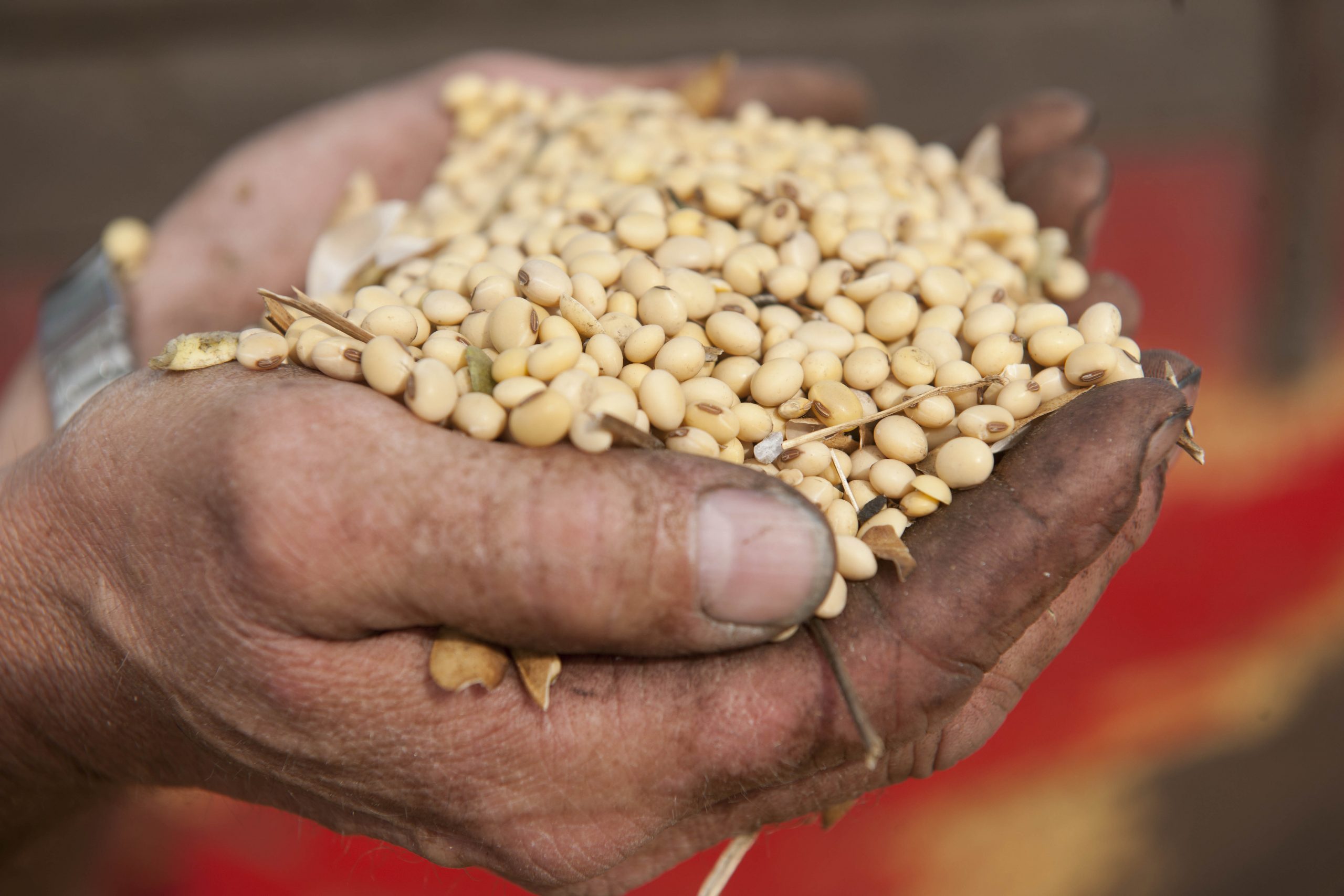Country of origin influences value of soybean meal

Which ones have the best nutritional value? Soybeans from the US, Brazil or Argentina? Researchers evaluated hundreds of samples to find out.
Soybean meal (SBM) is the main protein source in non-ruminant diets, with USA, Brazil (BRA) and Argentina (ARG) as the major exporter countries.
How are soybeans analysed?
Most nutritionists analyse moisture, crude fibre (CF), crude protein (CP) and urease activity (UA) of the SBM for estimating the nutritive value but usually little attention is paid to the influence of the origin of the beans on the characteristics and nutrient content of the meals. Factors such as bean genotype, planting area, soil type, agricultural practices, and environmental conditions during the growing season and storage, affect the chemical composition of the soybeans and consequently the CP, fibre, sugars and mineral content and the nutritive value of the SBM.
Research: Has the origin an effect on soyabeans?
This is why a research team, with members from Spain and Singapore, evaluated commercial samples of SBM from different regions. Between 2007 and 2015 they collected 180 samples from the US, 165 samples from Brazil and 170 samples from Argentina. The quest of the study was to find out what the effect of the origin of the beans is on chemical composition, crude protein (CP) quality and nutritive value of the meals.
On a dry matter (DM) basis, US and Brazilian meals had more CP than Argentinian meals (532, 532 and 517 g/kg, respectively; P < 0.001). On a CP basis, Lys content was higher (6.17, 6.07 and 6.11% CP; P < 0.001) in US than in Brazilian meals, with Argentinian meals being intermediate. US meals had more sucrose (84, 64 and 78 g/kg) and stachyose (64, 53 and 57 g/kg) but less neutral detergent fibre (90, 118 and 102 g/kg) and raffinose (11, 16 and 14 g/kg) than the other 2 meals (P < 0.001). Ether extract was highest for the Brazilian meals (P < 0.05).
Mineral content depended on origin of the SBM with Brazilian meals having more iron (Fe) but less Calcium, Phosphorus and Potassium compared to the meals from other origins (P < 0.001). For the amino acids, it was observed that the coefficient of variation (CV) was the lowest for Threonine (2.8%) and highest for Cysteine (3.5%), with Lysine (3.2%) and Methionine (3.0%) in an intermediate position. When the samples were sorted by the country of origin, the dispersion of values decreased, and the CV were similar for all origins.
Conclusion: Soyabean origin needs to be considered
Chemical composition, protein quality and nutritive value of the SBM varied widely with the origin of the beans. At equal CP content, US meals had less fibre, more sucrose and Lys and better protein quality than South American meals. Consequently, nutritionists should consider the country of origin of the beans when preparing matrices for evaluating the nutritive value of commercial SBM.
The full (open access) article was published in the Journal of Animal Feed Science and Technology.











